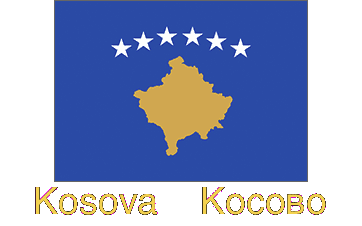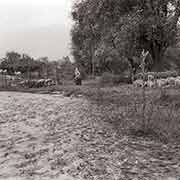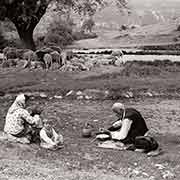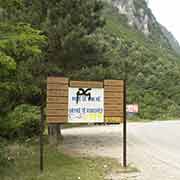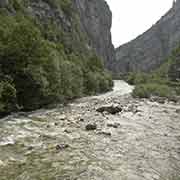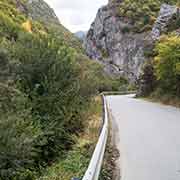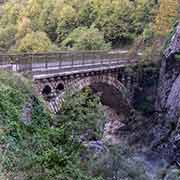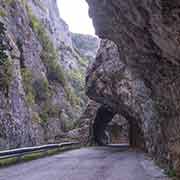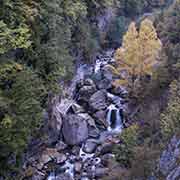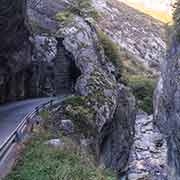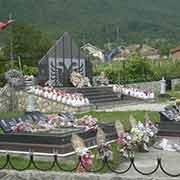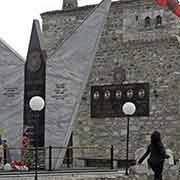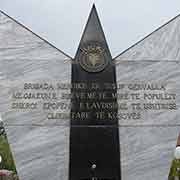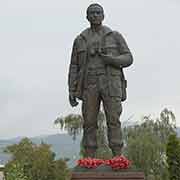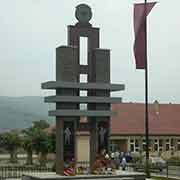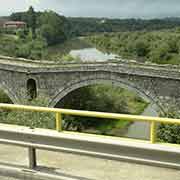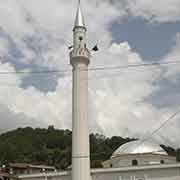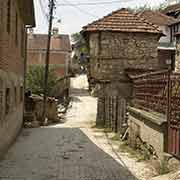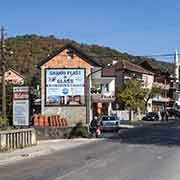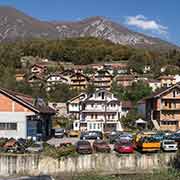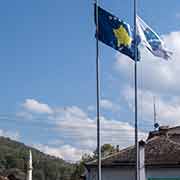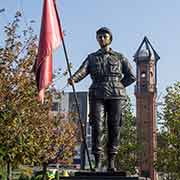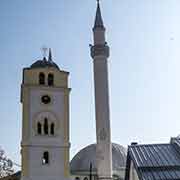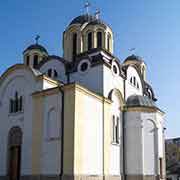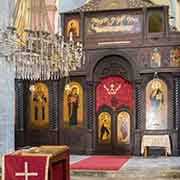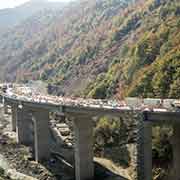Photos of landscapes and villages around Kosovo
Around Kosovo
you may then send it as a postcard if you wish.
To the south-west of the town of Prizren are the Shar mountains (Malet e Sharrit) with its ski resort of Brezovica, 900 metres to 2,500 metres above sea level and the valley of the Lumbardhi river near the Albanian border. Between the villages of Zhur (Žur) and Vërmica herdboys could be seen, playing on their home-made flutes in a beautiful rural setting.
40 kilometres south of Prishtina is Ferizaj (Ferizaji), a town of about 170,000 inhabitants. Its name derives from a pre-1873 hotel owned by a local Kosovo Albanian named Feriz Shashivari. Its Serbian name Урошевац (Uroševac) comes from the medieval Stefan Uroš V of Serbia, Saint Uroš, who is commemorated by a cathedral in the town. The mosque and the church located in the centre of Ferizaj/Uroševac were considered a symbol of religious tolerance between Albanian Muslims and Orthodox Serbs. But the church was built in the mosque grounds, 1929 - 1933: Yugoslavia was then a Serb-dominated Kingdom. The mosque was destroyed during World War II but later rebuilt. Both buildings remained undamaged during the Kosovo War of 1999, although some of its Albanian-populated neighbourhoods were shelled and burned by the Yugoslav army.
The aftermath of this war is still evident, especially in the region around Gjakova and Deçani. Memorials are dedicated to the fighters of the Kosovo Liberation Army, killed in their struggle against the Serbian army and militias that terrorised the Albanian villagers. These men are now “Dëshmorët e Kombit” (Martyrs of the Nation) and, apart from monuments and statues, songs have been composed about their heroism and published on YouTube!


